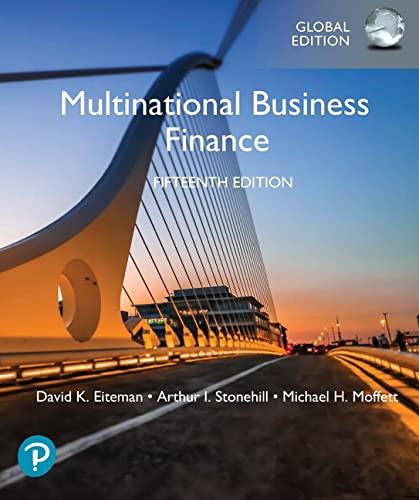Question
(a) Consider the two cash flow sequences b1, b2, . . . , bn and c1, c2, . . . , cn. Under what conditions
(a) Consider the two cash flow sequences b1, b2, . . . , bn and c1, c2, . . . , cn. Under what conditions is the present value of the first sequence at least as large as that of the second sequence for every positive interest rate r? Clearly if bi >ci for every i then this will be true. However, show that it is also true if Bi >Ci for every i = 1, . . . , n where Bi = Pi j=1 bj and Ci = Pi j=1 cj , the sums of the first i payments. (b) Even more tricky: show that a sufficient condition is that Bn >Cn and that Pk i=1 Bi > Pk i=1 Ci for all k = 1, . . . , n. (c) Consider the following two cash streams, where each returns the ith payment after i years. Is is possible to tell which cash flow stream is preferable without knowing the interest rate? 100, 130, 87 and 95, 137, 86. (d) Consider the following two cash streams, where each returns the ith payment after i years. Is is possible to tell which cash flow stream is preferable without knowing the interest rate? 100, 140, 131 and 90, 160, 120.
Step by Step Solution
There are 3 Steps involved in it
Step: 1

Get Instant Access to Expert-Tailored Solutions
See step-by-step solutions with expert insights and AI powered tools for academic success
Step: 2

Step: 3

Ace Your Homework with AI
Get the answers you need in no time with our AI-driven, step-by-step assistance
Get Started


